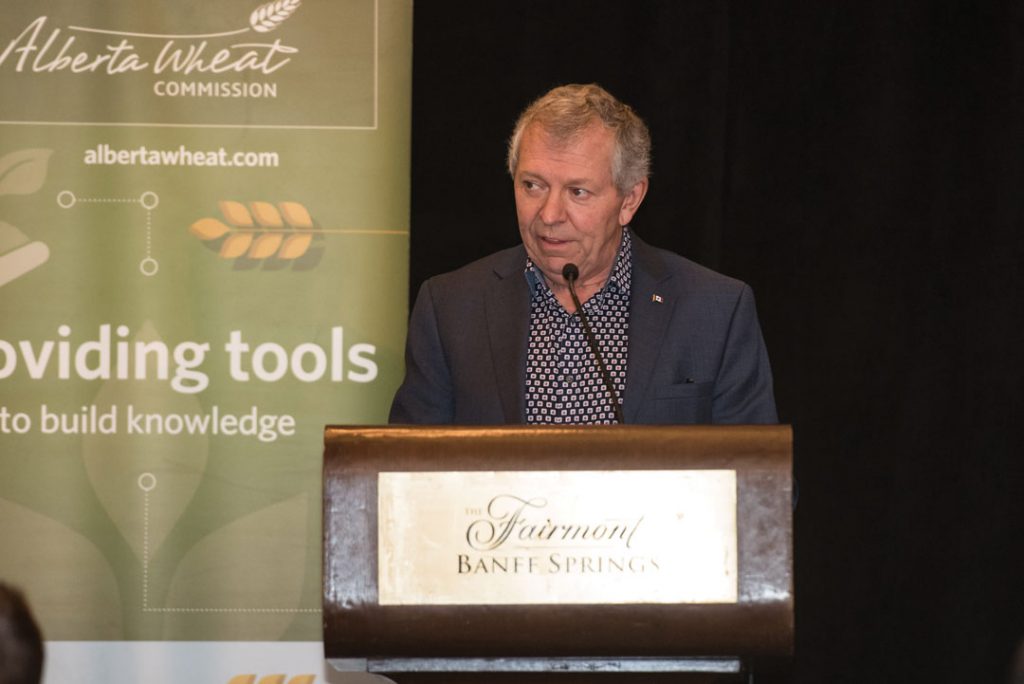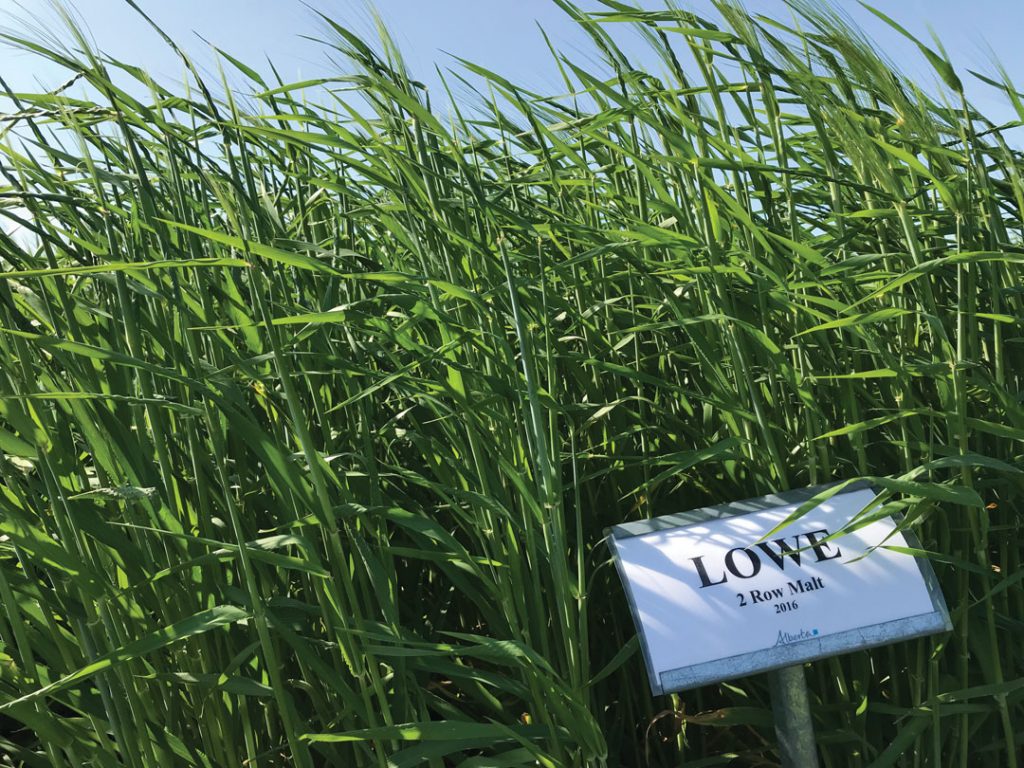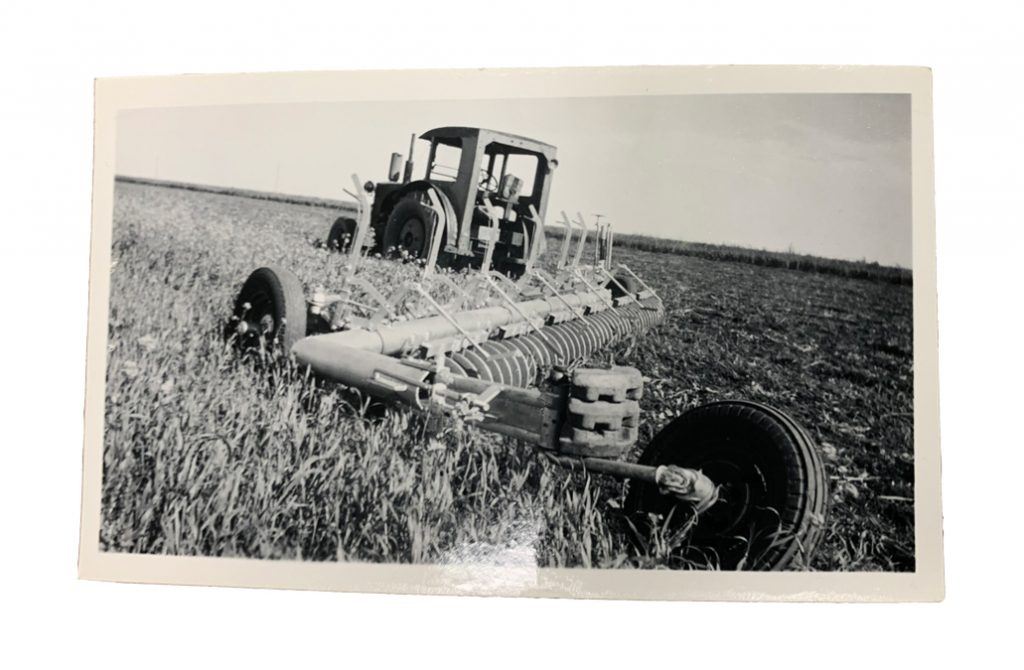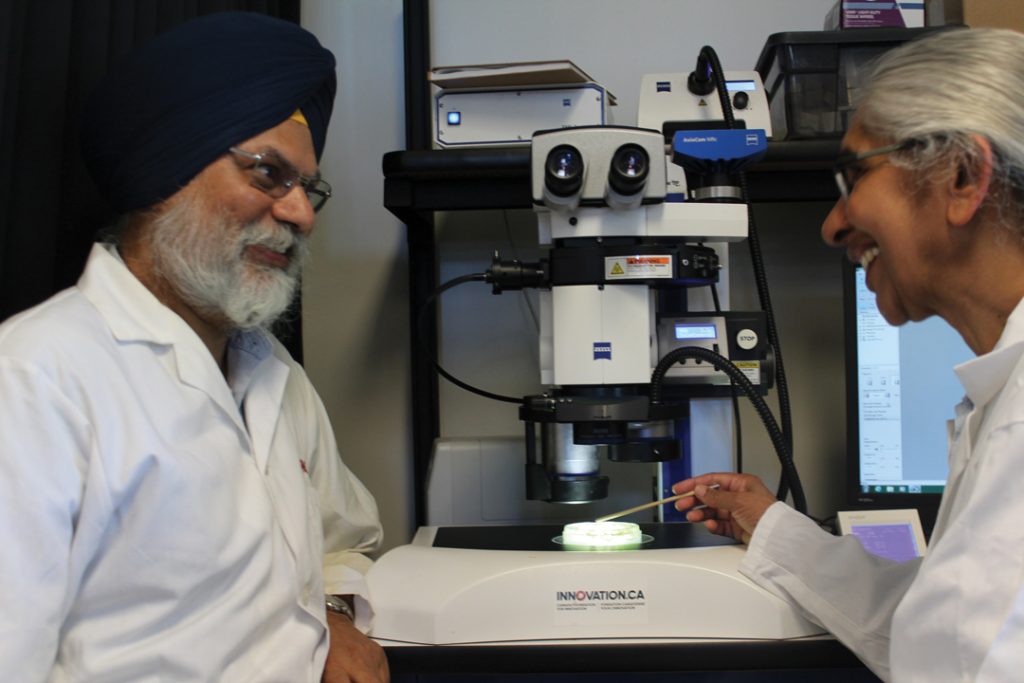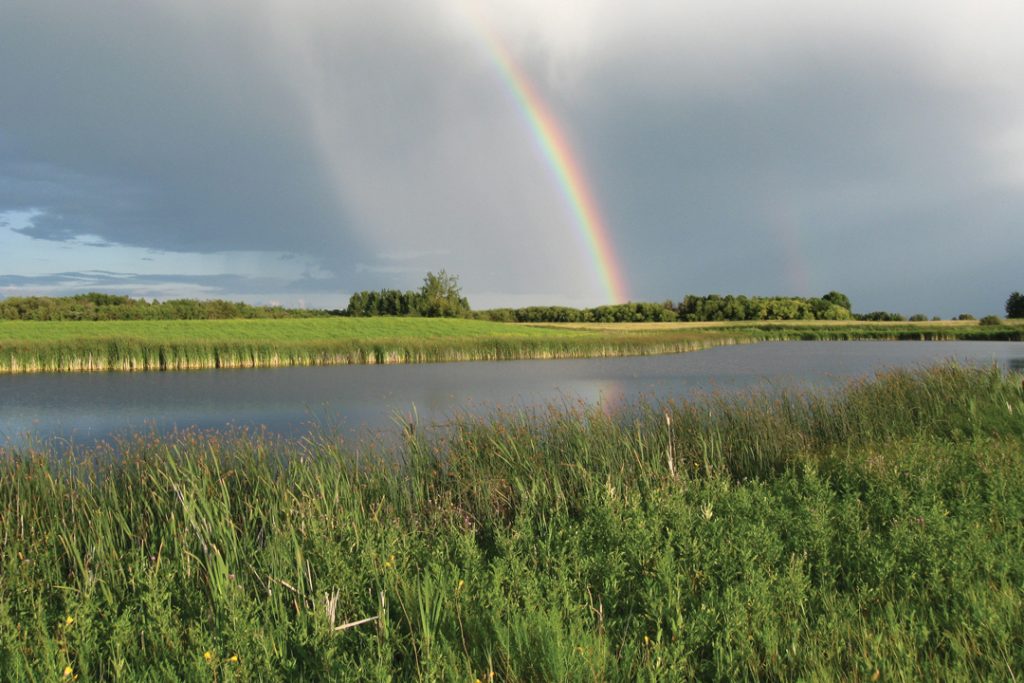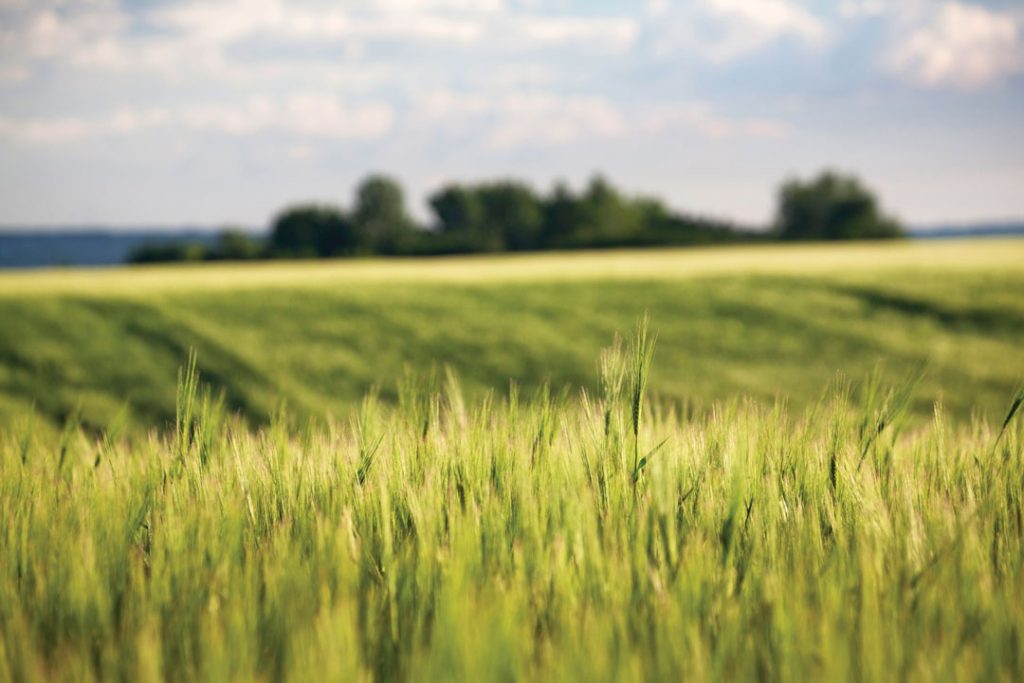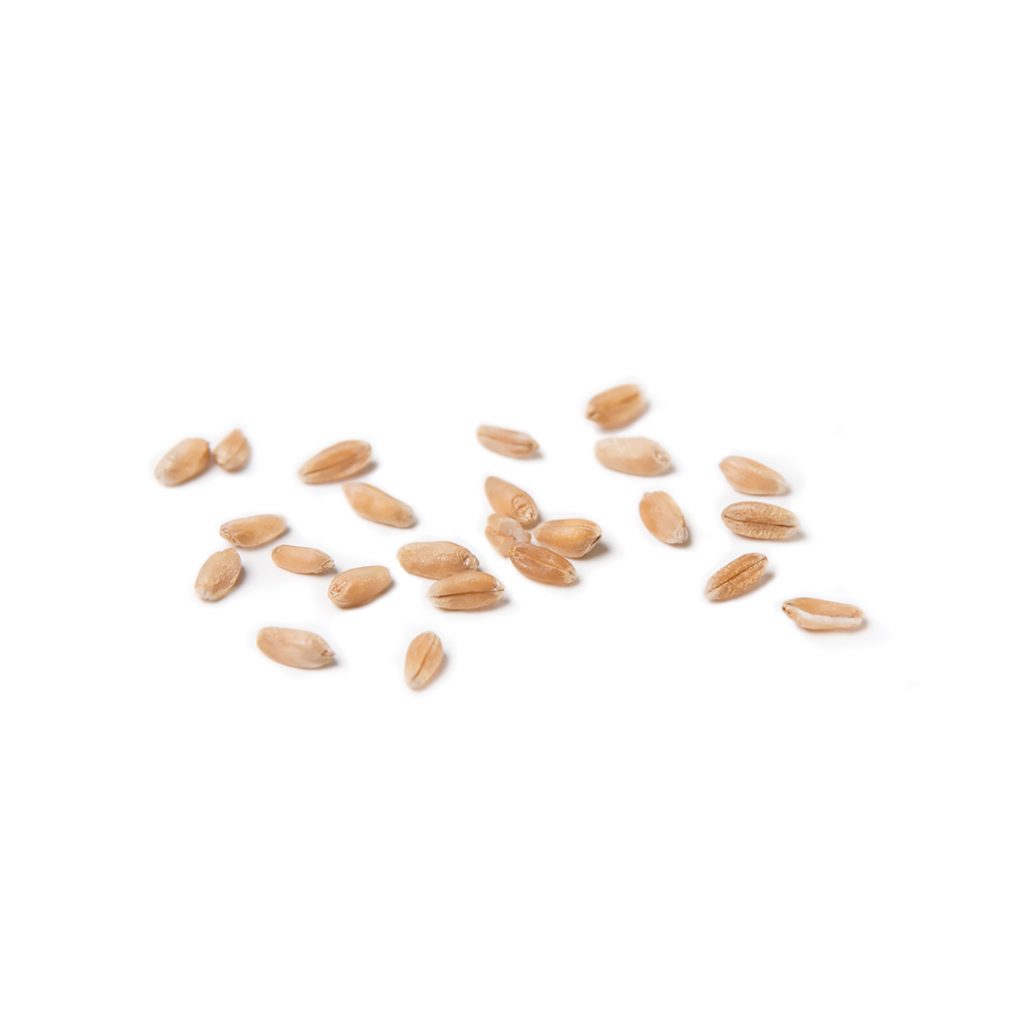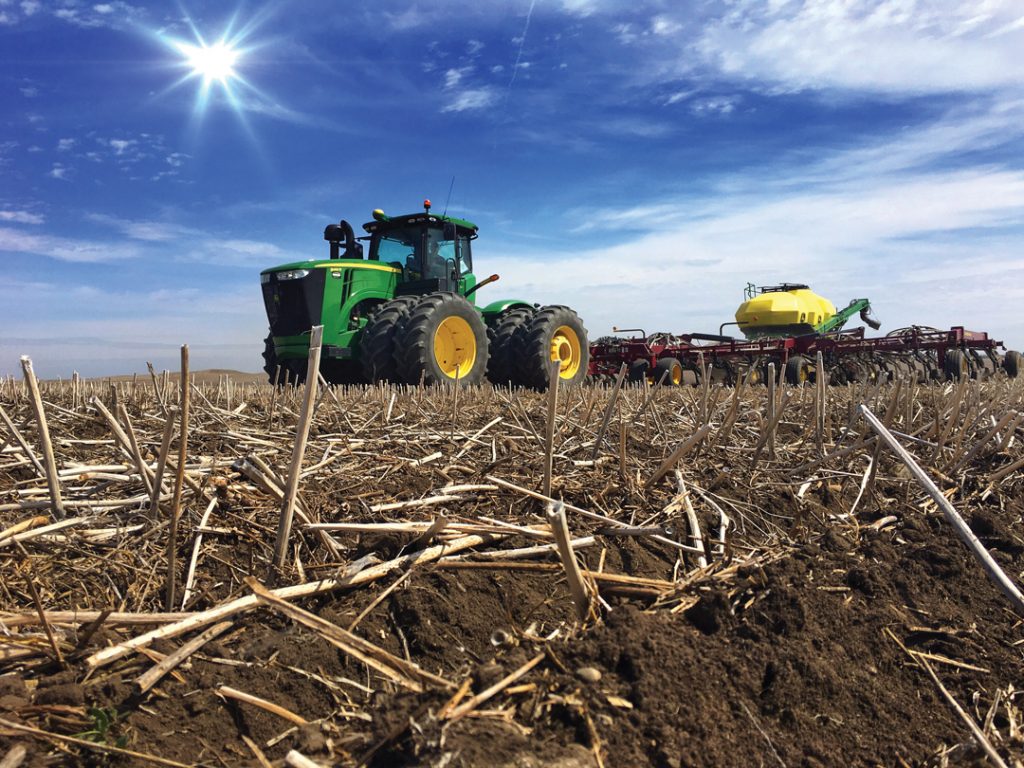RESPONSIBLE GRAIN MOVES AHEAD
Throughout the winter months, grain industry groups, stakeholders and farmers across Canada will have the opportunity to provide input on the first draft of the code of practice developed by the Canadian Roundtable for Sustainable Crops (CRSC). Dubbed “Responsible Grain,” the code has been drawn up over the past year-and-a half and the CRSC is ready for feedback.




